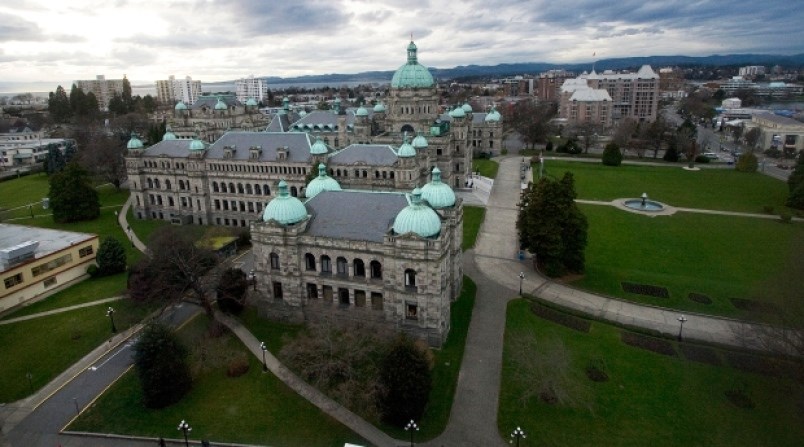Ěý
Maybe there’s something to this libertarian, no-government-is-good-government approach, after all.
The BC government went into caretaker mode when the election campaign started April 11. It will be 100 days in lockdown by the time the NDP cabinet is sworn in, and the indicators suggest leaderless BC is booming.
The bureaucracy stayed in caretaker mode until the final count of ballots on May 24. Then it stayed some more, because the results were inconclusive. The machinery kicked very briefly back into gear after the BC Liberals were sworn in on June 12 and tried to resume operations.
That lasted 10 days before they had to go into the legislature and face the fact that the NDP and Greens could outvote them. They spent five days in the house before they lost a confidence motion and the government collapsed June 29. Then it was back to caretaker mode, which will last right up until the swearing-in of the NDP cabinet on July 18.
That’s more than three months in a holding pattern, interrupted by a fitful reset that amounted to briefing new ministers on their portfolios. They barely had time to find their offices, let alone make decisions.
It’s a freedom-loving libertarian’s dream. The civil service is maintaining existing programs and keeping things running. But nobody has started anything new for weeks now. The politicians were too busy scheming with and against each other.
Here are some indicators on how BC has fared over that period:
• Statistics Canada released its monthly labour force report Friday showing BC had the second highest job growth in the country. There were 20,000 new jobs created, second only to the 28,000 in Quebec. The BC unemployment rate dropped a half-point to 5.1 per cent.
• Its report for the previous month — May, when the government was firmly in lockdown mode as the politicians were all out campaigning — noted 12,000 more jobs. Most were full-time jobs, and the number was second among all provinces.
• The April report noted 11,000 more jobs in BC, the fourth notable increase in the past five months. That’s 43,000 new jobs created over three months when government was doing as little as possible.
• The BC Economic Forecast Council is a gathering of gurus that predicts the provincial growth rate. It met on June 6 and adjusted its number from 2.1 to 2.9 per cent for 2017. That doesn’t sound like much, but it was termed “dramatic” and amounts to a 38 per cent increase in the crucial figure that is plugging into all kinds of formulas throughout government.
Was it based partly on the fact the politicians were all in hands-off mode? Not for me to say.
The day before the government fell, there was every indication from Finance Minister Mike de Jong that the good news over the past fiscal year was continuing right up to the present, even with the time-out that government was taking. He cited a bank outlook that said the majority of BC indicators continue to “paint a vibrant economy that carries a lot of momentum.”
And that’s when day-to-day government is in maintenance lockdown, waiting for new political leadership to take over. The slowdown is obvious. The communications office has issued just over 100 news announcements since it started, a bit more than one a day. Most of them are devoted to fire and flood information, or more mundane matters (“Public Consultation Sought on Moose Management Plan”).
There have been just 16 cabinet orders posted publicly over that time.
“This is the ideal situation,” said BC Libertarian Party Leader Clayton Welwood. The party collected 7,300 votes in the last election with the general view that government just slows down and derails activity, or siphons money from any growth.
“I’d love to see lawmakers come back and repeal a bunch of legislation that gets in the way. The next best thing would be for them to stay home.”
That’s not going to happen. They’ll resume operations with a vengeance in 10 days, and dealing with the backlog will take as much time as setting a new course.



